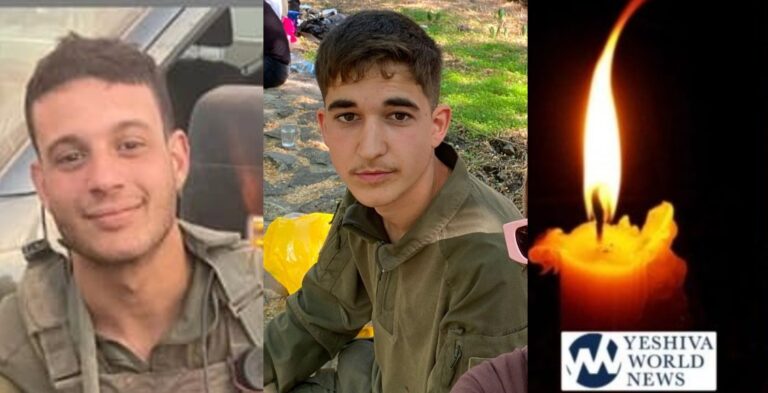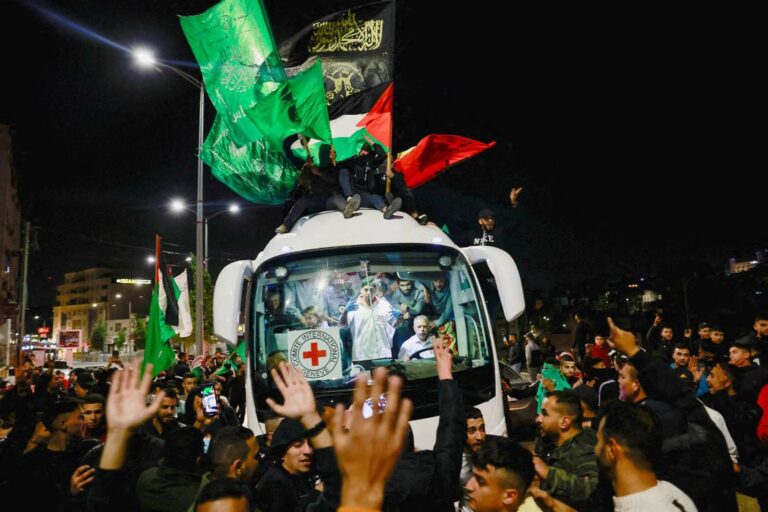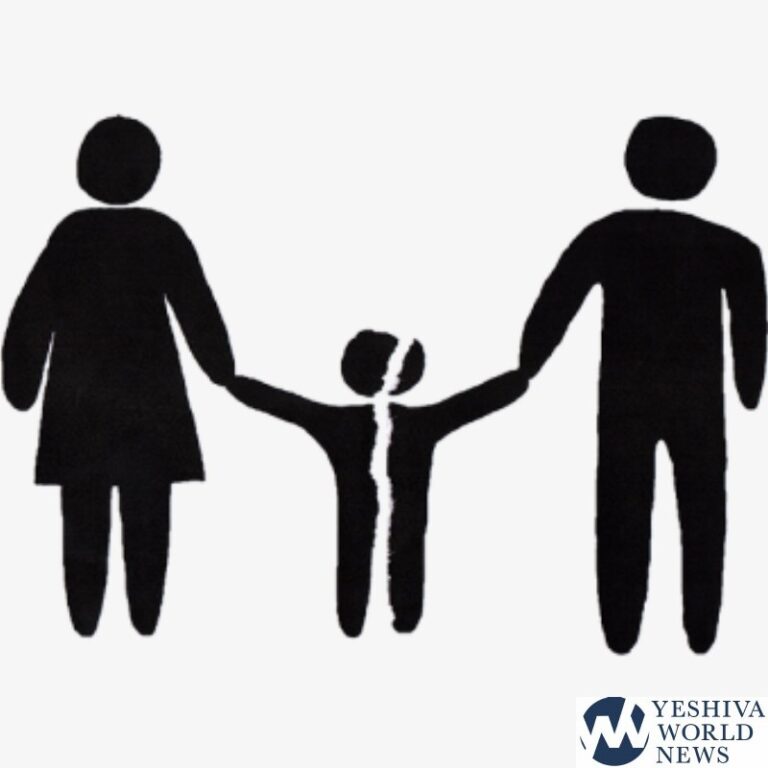 IDF Homefront Command officials insist the lessons of the Second Lebanon War were learned and this time around, they are indeed ready. Homefront officials report that expect the rocket-strike zone to increase as Hamas penetrates deeper into Israel and the operation will last for sometime, adding they are ready and are confident ‘the optimism of residents’ in rocket-range will assist in carrying the area through this difficult time.
IDF Homefront Command officials insist the lessons of the Second Lebanon War were learned and this time around, they are indeed ready. Homefront officials report that expect the rocket-strike zone to increase as Hamas penetrates deeper into Israel and the operation will last for sometime, adding they are ready and are confident ‘the optimism of residents’ in rocket-range will assist in carrying the area through this difficult time.
During the Second Lebanon War, about 2.5 years ago, it did not take long for the Homefront Command’s infrastructure to collapse and it quickly became evident the bomb shelters and other basics for northern residents were simply not in an operational state. The Winograd Commission investigating the government and IDF performance in the war did not detail Homefront Command failures, but did state the command did not meet the demands of area residents during the war.
The commission stated the homefront was actually left abandoned and there were “severe deficiencies” in the care and services provided to residents. The report also pointed out the bomb shelters were designed for short stays and not constructed to accommodate prolonged use by residents required to remain for hours or days. It also pointed out that there is no true protection against rocket attacks for large segments of the population.
The National Emergency Agency was established as result of the commission’s report, somewhat mimicking America’s FEMA (Federal Emergency Management Agency), responsible for overseeing the level of preparedness of the homefront as well a coordinating cooperation between various agencies responsible for aspects of the homefront, both civilian and military.
At present, about 40% of Israelis have no form of protection whatsoever. This number includes residents of the Greater Sderot Area and Gaza-belt communities, within the inner rocket zone, 4.5km from the Gaza border, in which there are 4,700 housing units without any protection.
With the launching of Operation Cast Lead on Shabbos, the Homefront to a number of steps including;
Opening 18 centers to maintain communications with local government. This includes assigning an officer of the rank of lt.-colonel or colonel to every municipality head in the Gaza-belt area near the border. Each of these colonels has a staff of 8 soldiers. They are responsible for services demanded by a mayor, such as distribution of food or water to shelters.
Public bomb shelters were opened and prepared during recent months.
Dozens of instructors prepared to relay emergency regulations to southern residents are circulating between cities and municipalities to explain the situation and emergency protocol to residents.
Search & Rescue personnel are stationed on standby status in various southern areas.
IDF officers of the rank of colonel are on hand to release statements to the media.
Flyers prepared by the Homefront Command have been distributed to southern areas.
Dozens of telephone lines have been added to the Homefront’s hotline number.
The Homefront Command’s website has been updated and is being maintained.
(Yechiel Spira – YWN Israel)











One Response
tefilla,learning,and siyatta dishmaya are the tools we need on the homefront with our dear soldiers.